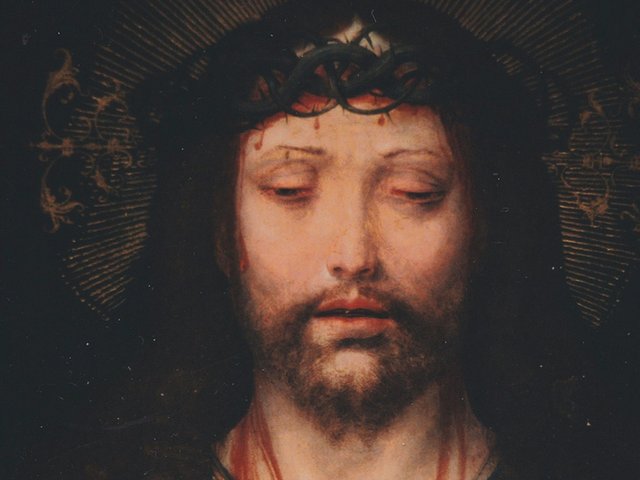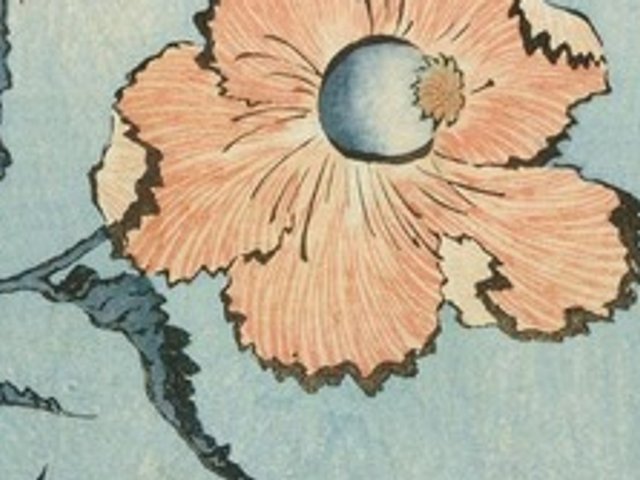A recently discovered painting by Kitagawa Utamaro (around 1753-1806) is due to go on show for the first time this week at the British Museum. The hanging scroll from around 1805-06 shows a courtesan reading a letter and is the largest known work by the Japanese artist, who is famous for his shunga prints. The painting will go on display in the London museum’s newly refurbished Mitsubishi Corporation Japanese Galleries, which open to the public on Thursday (27 September).
The work was “previously unrecorded and unpublished”, says Tim Clark, the British Museum’s head curator for Japan. The museum was approached by the dealers Andre Bardega and William O’Rorke four years ago and after the work had been authenticated, the museum bought it for £380,000.
The painting—including its mount made of kimono material that was added at a later date—underwent four years of conservation work by textile and Japanese painting conservators. Clark suspects it was kept in a Western-style frame for a long period as the scroll had lost its top and bottom and there was evidence of light exposure. Although it was “challenging”, the work has now been “recreated as a fully functioning hanging scroll”, Clark says. It will be on display for six months before going back into storage to protect it from excessive light exposure.
Today there are only around 50 known paintings by Utamaro in existence. The artist would most likely have painted hundreds more, but many have been lost due to a “high attrition rate”, Clark says. Utamaro lived and worked in the city of Edo, modern-day Tokyo, which was damaged by several large fires during his lifetime and soon after his death.
The attire of the woman in the painting, with her “sash tied at the front, the lavishness [and] brilliance of her undergarment, the multiple hairpins”, suggest she was a “high-ranked courtesan—a female sex worker—in Yoshiwara, the government licensed pleasure quarter”, Clark says. And the letter she is reading is “by convention, always a love letter from a suitor”.
The painting was created shortly before Utamaro’s death. Clark says that one of the most exciting aspects of the discovery is that the “received wisdom about Utamaro is that his career was in decline at the end”. He had “contravened some censorship regulations” a few years before his death and was put in manacles, which was “a symbolic punishment for writers and artists who displeased the feudal authorities”, Clark says. But despite this punishment “here, he’s firing on all cylinders”.
Utamaro is well known for his woodblock prints, of which the British Museum has a sizeable collection. He produced around 2000 different designs over a 25-year period and was famous for his shunga erotic prints. “He was one of the greatest shunga artists,” Clark says. Many of the Impressionists were influenced by Utamaro’s works, especially by their unusual viewpoints and the way that they were cropped, Clark says. Artist such as Monet and Degas collected his prints, while Mary Cassatt “very directly quotes” from Utamaro’s work.




